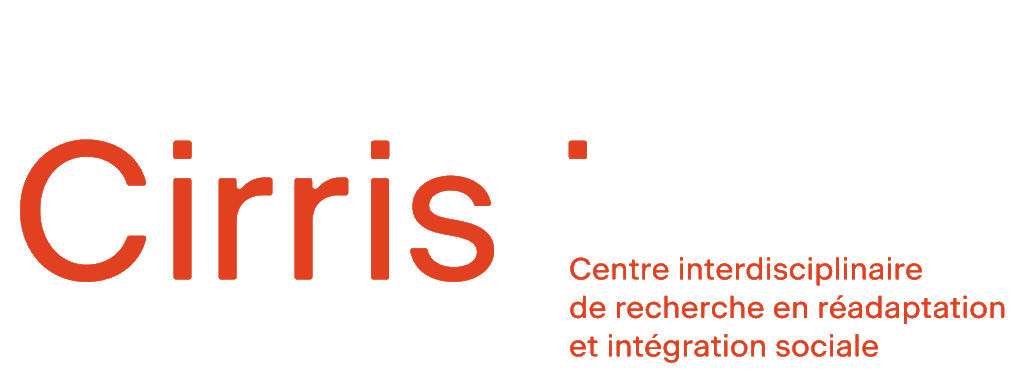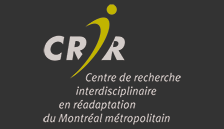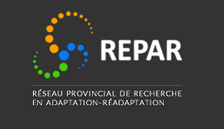Why is participative research more time-consuming ?
Emilie Raymond, Prof. Laval University, Researcher, Social participation and inclusive cities team
The demands of the *time* factor in participatory research.
Subtitles available
LSQ Version - Quebec sign language
References
Text content
Hello, my name is Émilie Raymond. I am a professor at the École de travail social et de criminologie at Laval University. I am also a research member of the ‘Participation sociale et ville inclusive’ team, and I have had the opportunity to do participatory research for twenty years. So I’ve been asked to talk to you about the issue of time in research partnerships. I am pleased to do so in the form of an acrostic. I had organized the contents that I present to you today around the five letters of the word “temps” (time). So, “t” for “central theme”, so time in partnership research is always an element, a question to address. Why? Because doing participatory research is often much more time consuming than working alone or with a team composed exclusively of research people. When you work with partners, and when partners work with researchers, but it takes everyone’s time. So, time to talk to each other, time to get to know each other, time to share both informal and formal moments, in order to engage in a research partnership or at the same time to exchange on our visions of the project. The needs that this project meets. Time also to exchange on our ways of collaborating together. That’s why the “e” in “entente” (agreement) going to be my second chosen word today, is a crucial element. Therefore, “entente” so that partners and researchers can agree on an ideal way to work together. When I use the word “idéal” (ideal), of course, I am not talking about an ideal way in the absolute, but an ideal way, according to the respective responsibilities, possibilities, desires of involvement. So, it is important to clarify the expectations, the possibilities on both sides. Then, if we lack the resources to carry out the various research tasks, to go and find elements that will enable us to meet these needs. Of course, this agreement is not permanent, isn’t it? It is important to revisit it regularly to adjust to changes that occur along the way. So, we are talking about a living agreement, which will correspond to the expectations, needs and possibilities of each of the partners at the heart of the partnership. In connection with this idea of agreement, I would invite you to think about the “m” in “mobilisation” (mobilization). If we want researchers as well as partners to be mobilized in a research partnership, and therefore to invest their precious time in the research, it is necessary that everyone sees the benefits. In other words, the research must have concrete, positive, practical benefits for each party, not just for the researchers. In the same vein, I would mention the “p” for “participation”. This leads me to emphasize the importance of real and enjoyable participation for everyone, so as to maintain the level of involvement and therefore the time that each person, each party is willing to devote to the partnership. Being involved in a partnership where you don’t feel listened to or where you don’t have a specific role to play, or where the atmosphere is gloomy or tense, certainly affects the implication and then the availability to take part in the research. Finally, how can we not end with the “s” in “souplesse” (flexibility) which I believe is the key to a successful research partnership. Because flexibility allows us to adjust as we go along, according to the vagaries of scientific, professional or personal life, as the pandemic has shown us so well in recent years. So, I wish you all the best and then take the time to enjoy your research partnership. Thank you!




